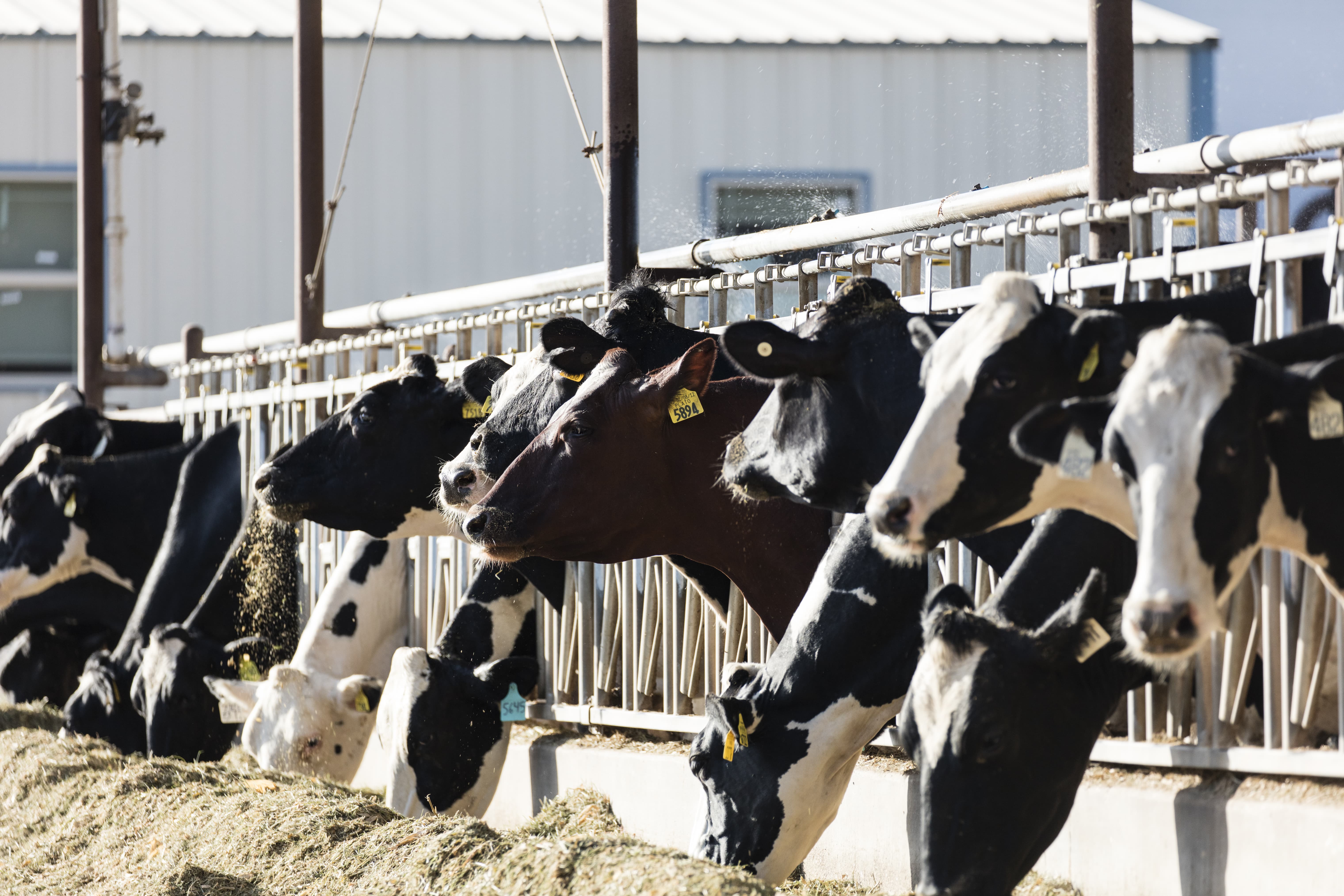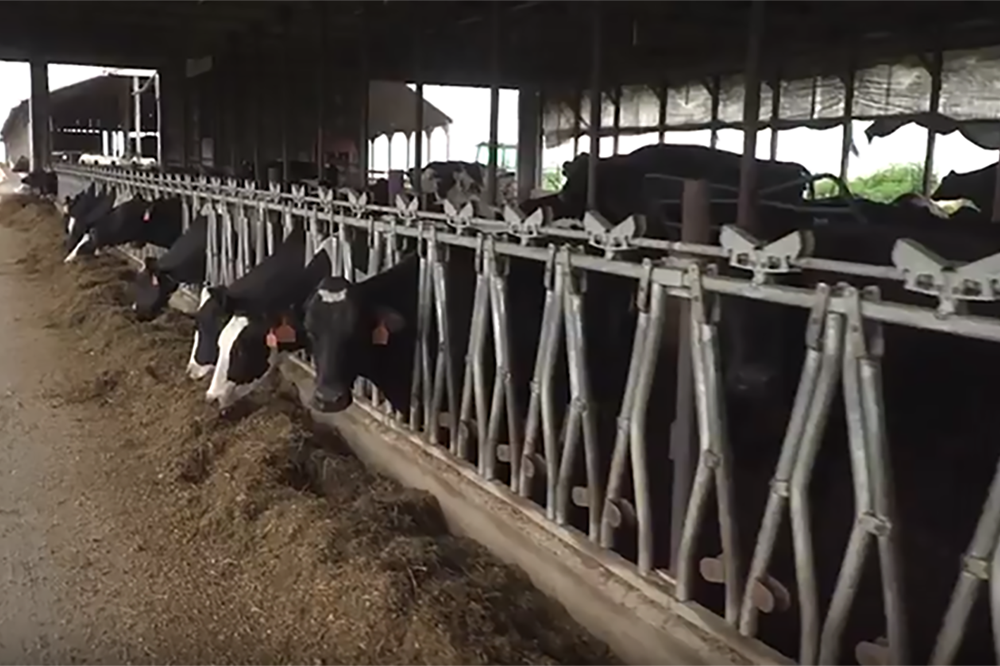Winterizing a Dairy Farm
As much as we hate to admit it, winter is coming and just like every other season, it comes with its own set of challenges. These cold challenges can be minimized through proper planning and preparation, before the frost hits. Follow the ABCs of how to winterize a dairy farm to ensure that when the snow melts, you and your herd are taken care of.
Adjust Animals
As winter rolls in, animal shelter and living conditions need to be adjusted to decrease the effects of cold weather on livestock. Animals require some type of windbreak or shelter to protect them against the harsh elements. It is best to place hutch openings so that they aren’t in the direction of the wind. To maintain livestock body temperature in cold weather, animals need more food and bedding. Cows produce heat while digesting food, so having extra food to go around is important during cold weather. Sawdust or sand added as a layer of the bedding will help absorb moisture that collects in bedding. In the winter, the cleaning schedule should become more frequent to prevent moisture buildup, which can lower livestock’s temperature.
Barns & Buildings
In preparation for winter, all necessary repairs should be made on the farm. Inspect your barns, sheds and any other buildings for leaky roofs, cracked windows, broken doors and any damages that will make winter more difficult than it needs to be for your animals. Since livestock will be spending more time inside, ensure proper barn ventilation. Take a walk around the property to make sure that all fencing is in good condition, including gates and latches. Prevent yourself from having to take the toolbox out in the winter by getting your property ready for the rain, wind, sleet and snow.
Check & Cover
Operators should check to make sure that all heaters, generators, batteries and other equipment are in good working condition. (Don’t forget your snow removal tools!) When something breaks during a snowstorm, the last thing you’ll want to be doing is looking for a tool— check that your tools all have a home and are easily accessible when needed. To protect equipment and yard items against rust and damage, cover them up with a tarp or other wind and water-resistant material. To further protect animals from winter, ensure proper control of flies in late fall. This will help limit the number of overwintering fly pupae that jumpstart fly populations each spring. To maximize control of overwintering fly pupae, follow our recommended 30/30 approach by continuing to feed ClariFly® Larvicide to your herd until 30 days past the first frost in fall. This will help account for any spikes in temperature after the first frost that can promote greater fly activity. An effective 30/30 approach also includes starting ClariFly® Larvicide in your feed 30 days before average daily temperatures typically reach 65 degrees.
To learn more about this approach, watch our 30/30 video.



